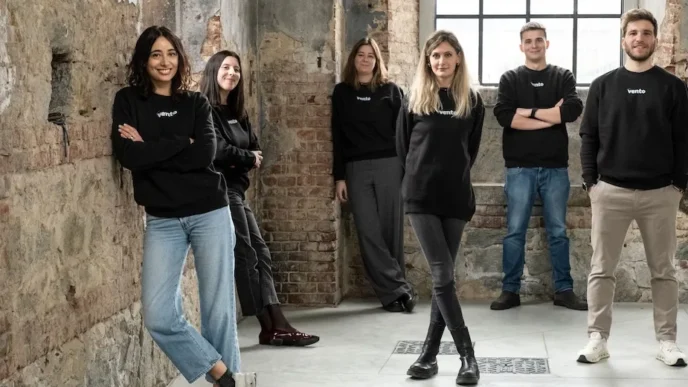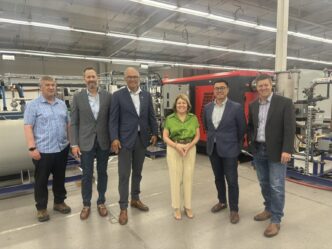AI’s biggest bottleneck isn’t compute power—it’s data. Specifically, the kind of rich, photorealistic, and diverse training data needed to power physical AI systems in defense, aerospace, and robotics. And that’s exactly the problem DiffuseDrive is solving.
The San Francisco-based startup just raised $3.5 million in seed funding, led by Outlander VC and Presto Tech Horizons. That brings its total funding to $4.5 million. But funding is only part of the story. The company’s real breakthrough is a generative AI platform that creates ultra-realistic synthetic data in hours instead of months.
Turning Data Scarcity into a Competitive Advantage
Even as AI models get bigger and faster, many engineers still struggle to find quality training data. It’s a slow, expensive process. DiffuseDrive flips the script by evaluating existing datasets, spotting weak points, and generating realistic images that fill the gaps—fast.
This capability is already in use across Fortune 500 companies in industries where failure isn’t an option. Think autonomous vehicles, defense systems, drones, and robots. These physical AI systems rely on data that mirrors the real world, and DiffuseDrive delivers just that.
“The era of generic synthetic data is over,” said CEO Balint Pasztor. “We’re helping companies generate better, scalable data—faster than ever before.”
Pasztor, a mechanical engineer and former national ice hockey champion, co-founded the company with physicist Roland Pinter. The duo met while working at Bosch, where they experienced firsthand how hard it was to build robust AI without the right data. In 2023, they left their jobs in Hungary and moved to Silicon Valley to build the solution they’d always wanted.
Within a year, their platform was being tested by top-tier clients in automotive, robotics, and aerospace. Unlike game-engine simulations that look like video games, DiffuseDrive generates lifelike images that actually train real-world systems.
Scaling Synthetic Data for High-Stakes Industries
DiffuseDrive’s focus isn’t on digital tools or chatbot models—it’s on “physical AI.” These are the machines that drive, fly, or protect. They operate in complex environments where training quality matters as much as model architecture.
Instead of relying on time-consuming scene modeling, DiffuseDrive starts with real data. It finds blind spots and fills them with photorealistic images that match the context. No guesswork. No CGI shortcuts. Just volume, accuracy, and speed.
That’s why investors like Jordan Kretchmer of Outlander VC believe the company is ahead of the curve. “DiffuseDrive is redefining what it means to train physical AI,” he said. “They’re not following the market—they’re building it.”
Grand View Research estimates the AI in robotics market will grow from $16.1 billion in 2024 to $124.77 billion by 2030. Much of that growth depends on better training data—and DiffuseDrive is poised to lead.
Presto Tech Horizons partner Vojta Rocek highlighted how the platform is already saving lives. “Virtual training is becoming critical in everything from cars to the battlefield,” he said. “DiffuseDrive is not just a tech company. It’s becoming a safety layer.”
Pasztor and Pinter’s platform delivers up to 4X performance improvements over legacy systems. And with fresh capital, they’re scaling even faster—expanding into more industries, refining their generative engine, and setting a new standard for what synthetic data should be.













